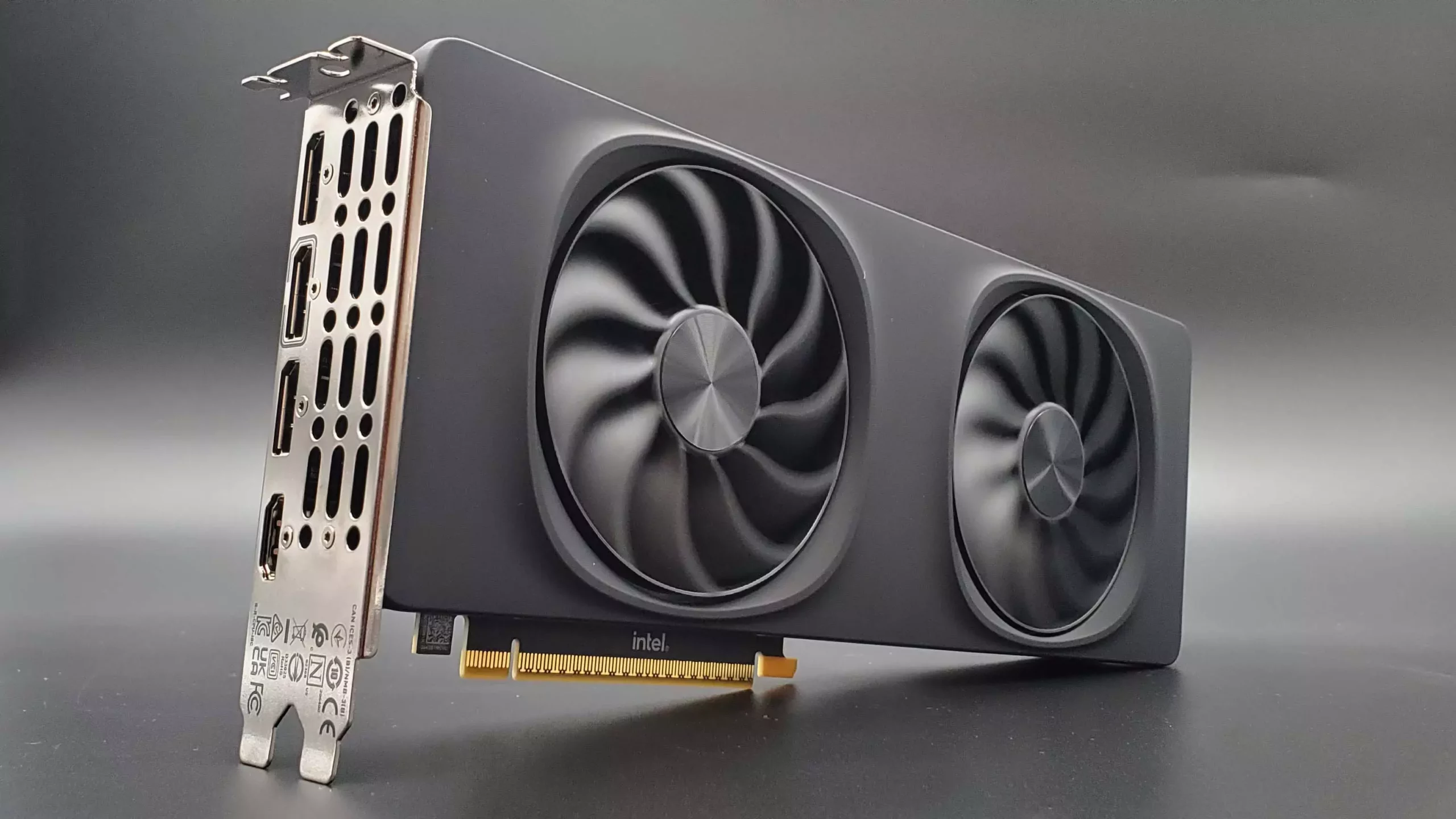The gaming hardware community has long been characterized by its eager anticipation for the latest advancements in graphics technology. GPU releases are not just about numbers; they signify opportunities for gamers to immerse themselves in richer visual experiences. Recently, speculation surrounding Intel’s new Battlemage graphics line, specifically the rumored G31 GPU, has ignited hope among enthusiasts. This new variant aims to deliver RTX 5070-like performance while being priced at the competitive level of the RTX 4060 Ti. Such ambitions, while exciting, warrant a closer examination to gauge the realism behind these expectations.
The Details Surrounding the G31 Specs
Recent shipping manifests uncovered details about the Intel BMG-31 GPU, stirring excitement within the gaming community. Identified by the user Haze2K1, this GPU supposedly embodies a significant upgrade over Intel’s current offerings, boasting 32 execution units (EUs). This represents a notable increase from the 20 EUs found in the existing B580 and B570 models, suggesting potential performance improvements of around 50%. Such numbers would undoubtedly position the G31 as a formidable competitor against Nvidia’s RTX 5070 and AMD’s RX 9070 — but does sheer specification alone equate to market success?
While theoretical specs are enticing, history has shown that actual performance hinges not just on hardware but also on optimization and software compatibility. Intel’s lead in ray-tracing performance and XeSS upscaling technology are promising features that could amplify the overall experience. However, the real test will be whether Intel can effectively translate these specs into a cohesive and market-ready product that meets or exceeds gamer expectations.
The Reality Check: Is a Retail Launch Imminent?
Despite the buzz, skepticism must prevail as reality sets in. The evidence of the G31’s existence in shipping manifests does not inherently indicate an impending retail launch. Previous rumors hinted at the likelihood of the G31 chip’s retail cancellation, underscoring a troubling pattern for Intel’s attempts to penetrate the enthusiast GPU market. Furthermore, the designation of the G31 as a “research and development” item raises flags. While it’s common for pre-release products to be categorized as such, this also implies that fundamental hurdles may be yet to overcome before it deems fit for retail.
The timing of potential releases weighs heavily in determining the G31’s impact. With the GPU market evolving at an exponential rate, the window for Intel to release a truly competitive offering is rapidly narrowing. If the G31 doesn’t materialize soon, it risks being overshadowed by Nvidia and AMD’s subsequent launches, which could further complicate Intel’s positioning in an already crowded landscape.
The Importance of Competitive Pricing
If optimism reigns, there’s still significant hope that the G31 may emerge as an accessible offering in the GPU market. The pricing strategy Intel has employed with the B580 and B570 is commendable, and if they maintain a competitive price point around $400 for the G31, it could present an opportunity too good to ignore. If implemented correctly, this could mean a solid performance-to-cost ratio that appeals to budget-conscious gamers.
For many, the allure of high-performance gaming at a budget-friendly price can be a defining factor. If Intel delivers on the promise of solid ray-tracing capabilities and strong general performance without pushing gamers into insolvency, it could potentially change the game — for better or worse. The ability to grab near top-tier performance for a mid-range investment would certainly shake up the landscape dominated by Nvidia and AMD.
The Enthusiast Community’s Role
As we mull over the implications of the G31 potential release, it becomes apparent that community feedback and reviews will play a critical role. Enthusiasts have long been the backbone of the gaming ecosystem, and their voices can exert influence on companies to meet higher performance standards. If Intel can harness the community’s input, fine-tune the G31, and stand competitive in both performance and price, it could herald a welcome evolution in the gaming graphics arena.
As the excitement builds and the murmurs of the G31 proliferate, vigilance is essential. With skepticism grounded in reality and hope alive for tangible advancements, the gaming industry stands on the precipice of a potential breakthrough. Will Intel’s G31 GPU rise to the occasion and deliver the gamer’s dream? The landscape is fraught with uncertainty, but possibilities abound.


Leave a Reply